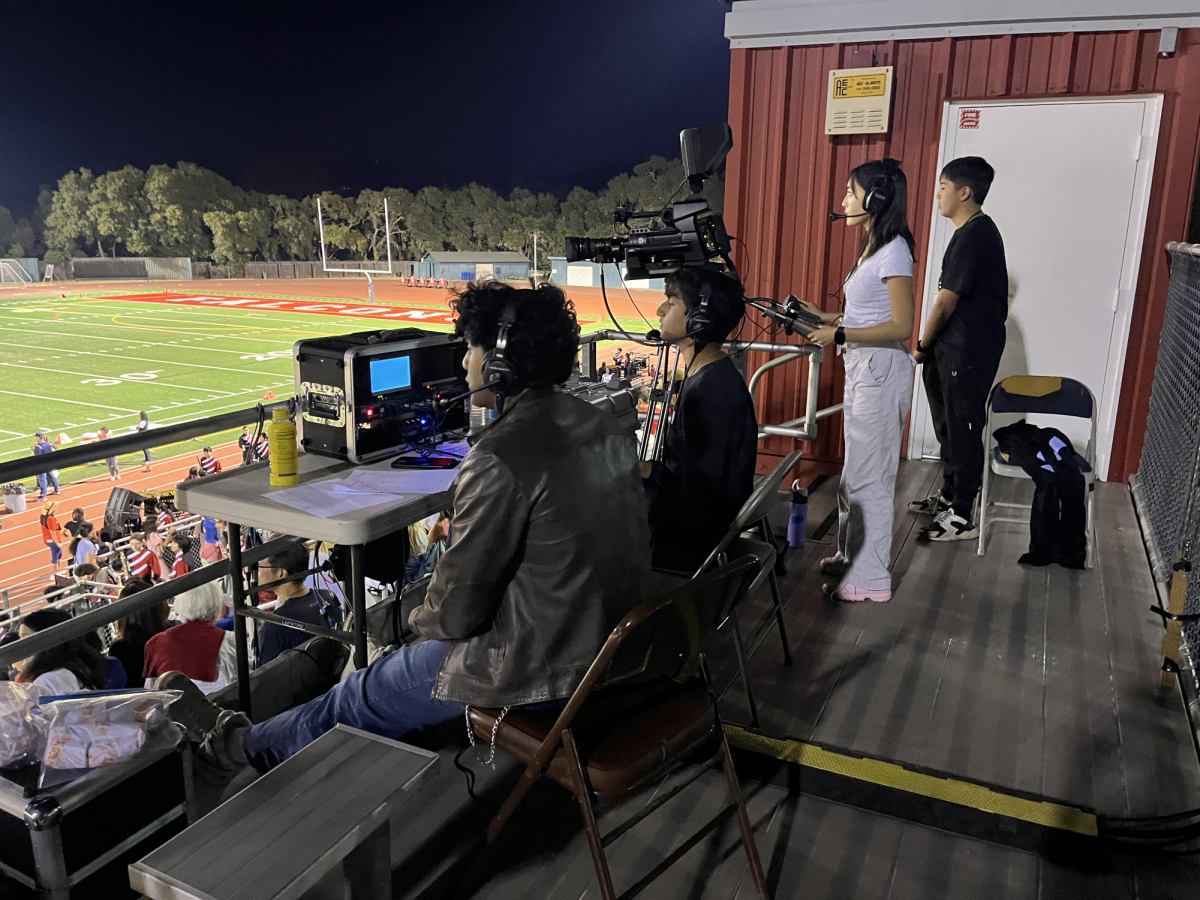Online schooling has garnered widespread negative connotations because of its lack of human-to-human interaction and campus environment. But don’t be fooled by this simple narrative. Many features that come with online learning have made life much easier and better for students.
Turning in assignments through Canvas, the school’s learning management system, is one of those upgrades. For one, it reduces the size of our binders since all the homework assignments are submitted online, and most teachers have even shifted to only assigning work online. Without needing to carry all our notes around and having to prepare for sudden homework checks in school, this function — if it is maintained — can serve to lighten the collective weight on our backs as we walk around campus.
In addition, assignment deadlines that appear on the Canvas calendar enable students to view all the assignments due each week. Because many teachers often create a whole unit’s worth of assignments, students can clearly understand their workload for the next month and more effectively delegate their time.
Another feature that should be continued even upon return to in-person activities is the use of Zoom or other virtual conferencing tools for students to complete group projects.
Before the pandemic, students would often arrange in-person meetings when planning for group projects, which can be time-consuming and inconvenient. Online school has proven that working virtually can be just as effective as working in person. Specifically, conferencing tools such as screen sharing and breakout rooms allow all the members of the group to view the screen at once without cramming in front of one computer screen or distracting each other, or trying to find an open table at Starbucks.
It’s important to remember these positive perks during quarantine because online schooling has become one of the only gateways to the outside world. Even though the pandemic has undoubtedly caused damages and trouble to both schools and students, it fast-forwarded the time machine of incorporating technology into education. While these online tools can be expensive and inconvenient to master, they have opened up new possibilities to the way people can learn, teach and work.
Online learning has expanded the distribution of education through online courses and flipped learning, allowing students to pace their progress individually with more flexibility. It also greatly cut down time spent traveling by car to work, in some cases increasing workers’ productivity.
In addition, other online resources, such as Kami, a PDF editor, and PearDeck, an interactive presentation program, have allowed teachers to run their classes smoothly and greatly decreased the usage of paper. As we integrate back to in-person learning, schools and teachers should not simply revert back to a normal school. But rather, as we’ve come to discover and appreciate the convenience of these technologies, schools should continue utilizing these technologies to increase productivity and enhance and refine the normal learning environment.


























